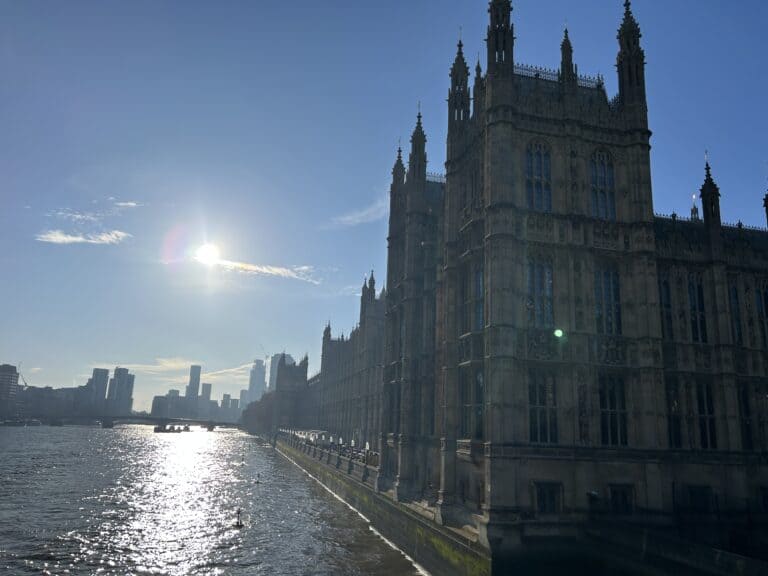We always strongly recommend to our clients that they maintain Medical Malpractice Insurance policies in force for their protection even after they cease trading, either for short periods or permanently. This article explains why.
Medical Malpractice Insurance policies are typically written on a ‘Claims Made’ basis. A Claims Made policy will pay out for any valid claim made during the policy period, which is usually 12 months, regardless of when the incident or alleged breach of duty actually occurred. This means that all your treatments and advice would be covered as far back as the start date of the policy or the retroactive date, if your policy has one.
A retroactive date is the date from which you have held uninterrupted Medical Malpractice Insurance (even if you changed insurer during this time). Any claims that arise from events prior to this date are not covered by your insurance.
Depending on your retroactive date, this could mean your current ‘Claims Made’ policy would cover you for valid claims made during the policy period which arise out of treatments/therapies you provided many years earlier.
Confusion often arises because other types of liability insurance, such as, Public Liability or Employer’s Liability are written on a ‘Claims Occurring’ policy wording. This means the policy will only pay out for claims that arise out of loss or damage that actually happens during the policy term. Therefore, if a valid claim arises sometime after the policy period expired, the insurance that was in force at the time that the incident or loss ‘occurred’ would provide the protection. Policy records need to be carefully maintained for many years after the policy expired; indeed, insurers recommend that Employer’s Liability Insurance records are maintained for 40 years.
However, an expired or cancelled Medical Malpractice Insurance policy will not afford any protection or cover any claim, unless a claim was reported prior to its expiry. Therefore, it is important to consider the risks you and your business may be facing before you consider lapsing or cancelling a Medical Malpractice Insurance policy, unless you are simultaneously taking out an alternative, similar insurance policy.
Once a ‘Claims Made’ insurance policy has been cancelled, the protection afforded by the retroactive date is lost and if a claim later arose from a past treatment or therapy provided after the retroactive date, there would be no insurance protection available and you would be facing the stress of dealing with the claim yourself, including the need to pay any related legal costs and damages.
No Longer Providing Treatment? You Still Require Medical Malpractice Insurance Protection or Run Off Insurance Cover
One of the common mistakes that therapists make, is to cancel or lapse Medical Malpractice Insurance because they have permanently or temporarily ceased offering treatments. This is not advisable due to the implications of the Limitation Act 1980 – more details below.
If you cease trading permanently (or temporarily under certain circumstances, e.g., maternity leave), your current Medical Malpractice insurer will usually be able to offer ‘run off’ cover. This means that for a reduced premium or for no additional cost, your insurance protection will continue for a period of at least one year and often, three or five years or more depending upon the level of ongoing protection you require or is offered by the insurer.
The Limitation Act 1980 and Why Medical Malpractice Run Off Insurance is Important and Necessary
In the UK, there are time limits for many types of civil claims that must be brought, most of which are governed by the Limitation Act 1980. Any personal injury claim must be made within three years of the event or when the injury is first diagnosed. For beauticians and aestheticians, the event will be when the treatment or therapy was provided. For example, the treatment is provided in year one. The injury is not diagnosed as being caused by the treatment until year two. The claimant or injured party, then has three years from that date to submit a claim. This means the claim may not be received for four years after the treatment was provided. If you ceased trading in the intervening period, in order to protect you from any late valid claims, ‘Run Off’ Medical Malpractice Insurance would need to have been taken up and continuous, e.g., no gaps in cover and the cover was in force from the time the treatment was provided until the claim received.
Let’s explore this in more detail. The limitation period for most claims starts to run when the cause of action arises (the treatment date) or when an individual becomes or should become aware that they may have a legal claim. As a claim for bodily injury may arise after you cease providing treatments due to retirement, maternity leave or cessation of the business for any other reason, it is, therefore, recommended that you continue to maintain ‘Run Off’ Medical Negligence/Malpractice Insurance to protect you from any later claims that may arise. Because of the ‘Claims Made’ policy wording, as explained above, if you did not maintain this cover, there would be no protection offered from any policy you had in force at the time of the treatment unless the claim was not ‘made’ during that policy’s period, usually 12 months.
We appreciate that this is a complex aspect of Medical Malpractice Insurance, however, we are here to provide further information and advice based on your specific requirements.
There is one key message we would like you to take away from this ‘Claims Made’ insurance article which is please always speak to us before you consider cancelling or lapsing a Medical Malpractice Insurance.












